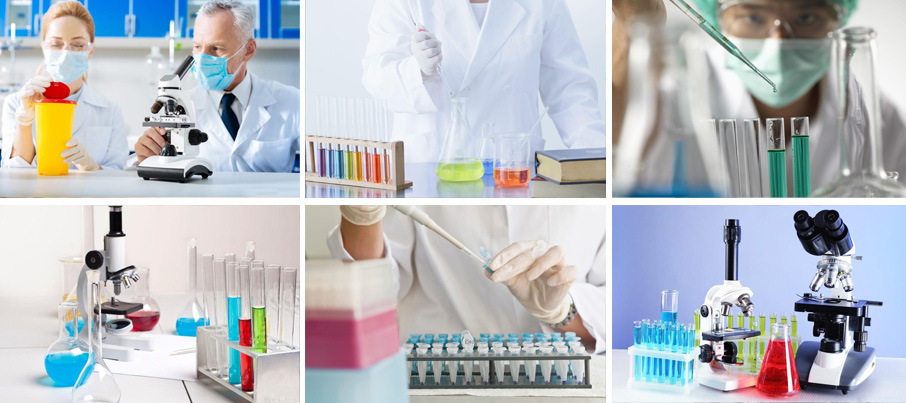There is no way to identify errors except by experiment!

Classification of laboratories
The laboratory is the place where tests are carried out.Laboratory is the cradle of science, is the base of scientific research, the source of scientific and technological development, plays a very important role in the development of science and technology.
Classification by attribution:
One, the first is set up in the university, affiliated to the university or by the university in charge of the laboratory.For example, the Cavendish Laboratory at the University of Cambridge in the UK, the Physics Laboratory at The University of Moscow, the cryogenic Laboratory at Leiden University in the Netherlands, the physics Laboratory at the University of Manchester in the UK, and so on.
Second, the second type of laboratories belong to national institutions, and some are even international institutions.They are mostly engaged in basic metrology, advanced projects, very large research projects, and defense and military tasks.
The third kind of laboratory is directly subordinate to the industrial enterprise department and serves for the development and research of industrial technology.Examples include Bell LABS and IBM Research LABS.
classification:Each biosafety laboratory is classified into four levels according to the degree of harm to the microorganisms and their toxins handled.The biosafety protection requirements of laboratories at all levels are the lowest in level 1 and the highest in level 4.
1. Level I Biosafety protection Laboratory
Laboratory structures and facilities, safe operating procedures, and safe equipment are suitable for microorganisms that are known to have no pathogenic effect on healthy adults, such as general microbiology laboratories for teaching purposes.
2. Biosafety Protection Laboratory II
Laboratory structures and facilities, safe operating procedures, and safe equipment are applicable to microorganisms that pose moderate potential hazards to humans or the environment.
3. Level III Biosafety protection Laboratory
Laboratory structures and facilities, safety procedures and safety equipment are applicable to pathogenic microorganisms and their toxins that transmit severe and even fatal diseases to humans mainly through respiratory channels, and vaccines are usually available to prevent transmission.
HIV research (except serological experiments) should be conducted in a level III biosafety protection laboratory.
4. Level 4 Biosafety protection Laboratory
Laboratory structures and facilities, safe operating procedures, and safe equipment are applicable to pathogenic microorganisms and their toxins that are highly hazardous to human health, transmitted by aerosol or unknown routes of transmission, and for which no effective vaccine or treatment is available.Unidentified microorganisms similar to those described above must also be carried out in a level IV biosafety laboratory.The decision on whether the microbe or toxin should be treated at level 4 or at a lower level laboratory will be made when sufficient data is available.
The laboratory for biosafety and protection of experimental vertebrates has the same range of applicable microorganisms as the general laboratory for biosafety protection of the same level.
